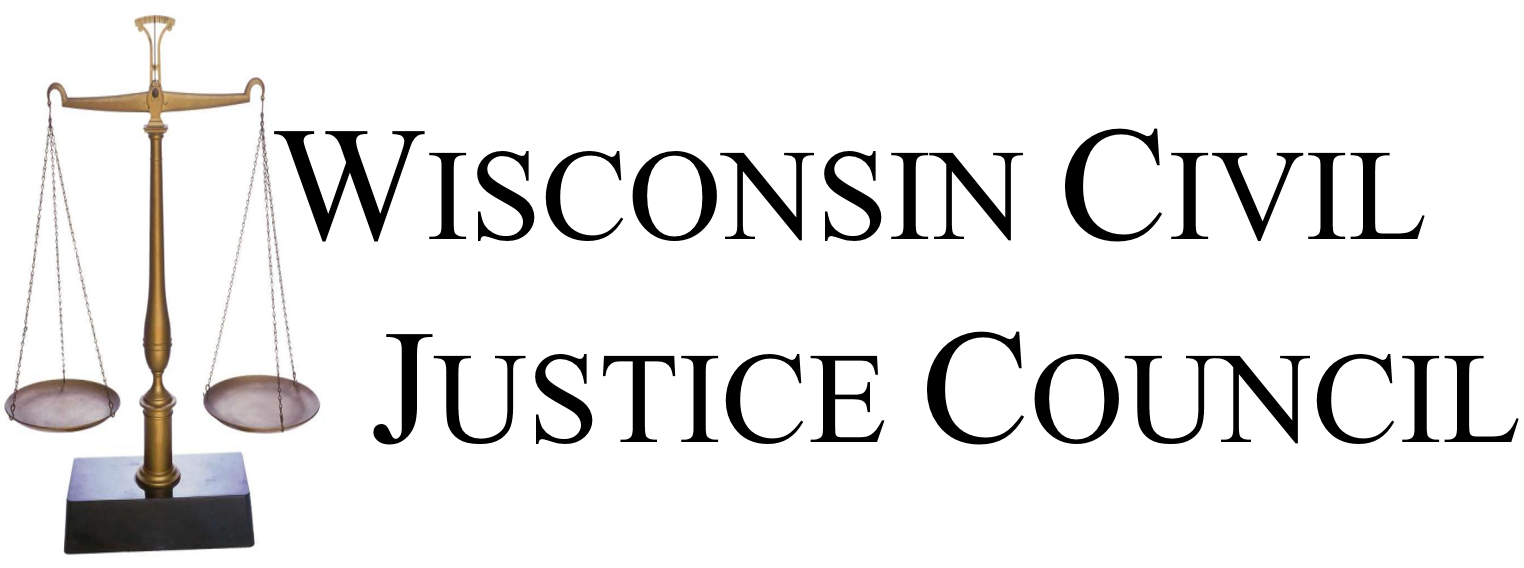The Supreme Court issued a 5-2 decision in Golden Sands Dairy v. Town of Saratoga holding that the Building Permit Rule applies not only to building structures but to all land “specifically identified” in a building permit application.
Wisconsin’s Building Permit Rule states that, upon submitting a complete building permit application, owners have a right to build in accordance with the permit and current zoning regulations but are not subject to rezoning ordinances enacted after the permit application.
In this case, Golden Sands Dairy filed a permit application with Saratoga to build seven structures on 92 acres of land for a dairy farm. Shortly after the permit was filed, Saratoga implemented a new zoning ordinance that would have excluded Golden Sands’s land for agricultural use. The Building Permit Rule allowed Golden Sands to continue constructing the seven structures.
At issue was whether the Building Permit Rule applied to the 92 acres of land intended for agricultural use. Saratoga argued that the rule does not extend to use of land. However, the Court sided with Golden Sands in extending the Building Permit Rule so that owners have the right to use all land that is specifically identified in a building permit application without being subject to future rezoning.
The opinion, written by Justice Gableman, argues that the purpose of the Building Permit Rule is to provide predictability for developers and to avoid lengthy litigation. Separating the structures from the associated land would lead to further litigation regarding how much land is necessary for their construction and how much could be rezoned. Furthermore, the land is necessary for carrying out the agricultural use of the structures, so making the land subject to future rezoning would thereby also make the structures vulnerable to a local ordinance blocking their use. This unpredictability is exactly what the Building Permit Rule aims to avoid, so, according to the majority, the rule must extend to the land use, as well as physical structures.
Justice Abrahamson’s dissent claims the court’s ruling actually increases unpredictability because it fails to require how owners should “specifically identify” land in building permit applications and how detailed they should be in disclosing the intended use of the land.
